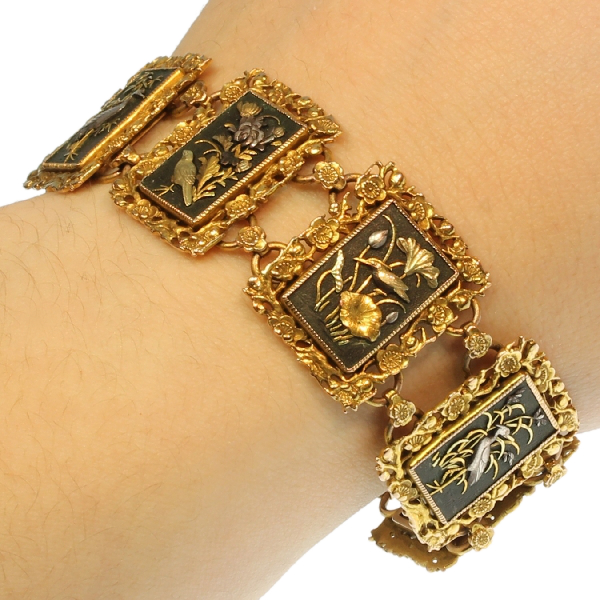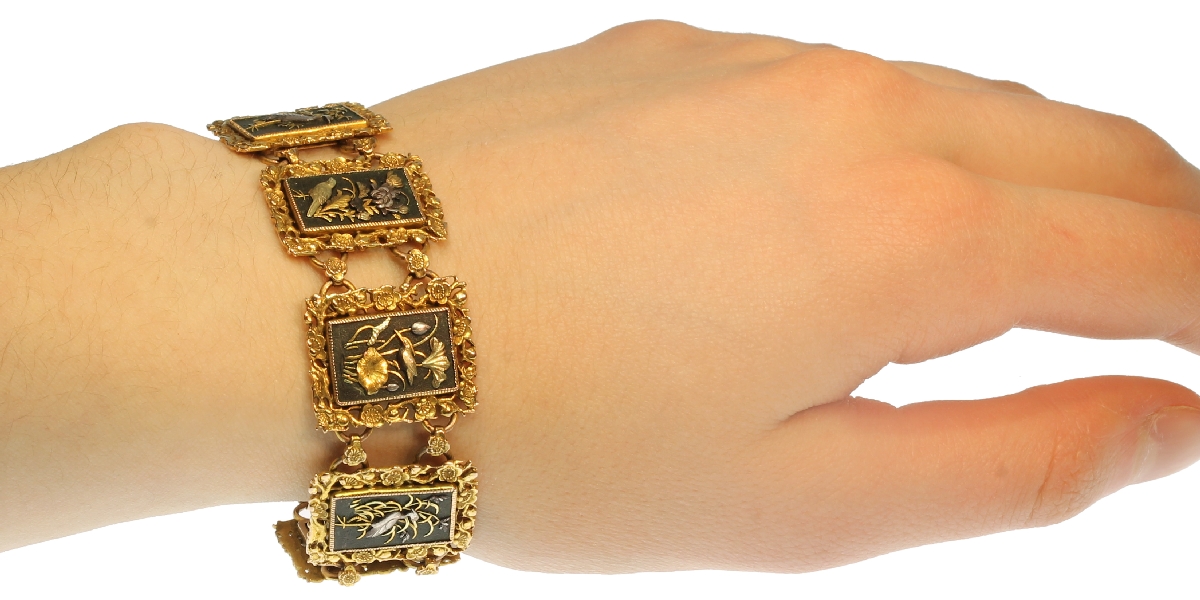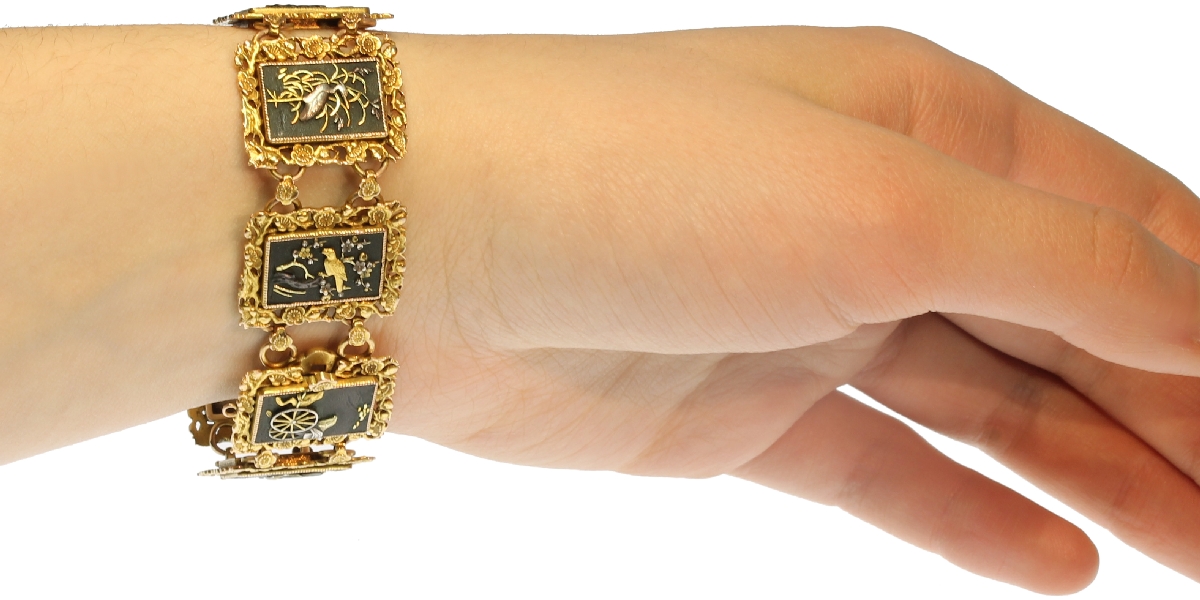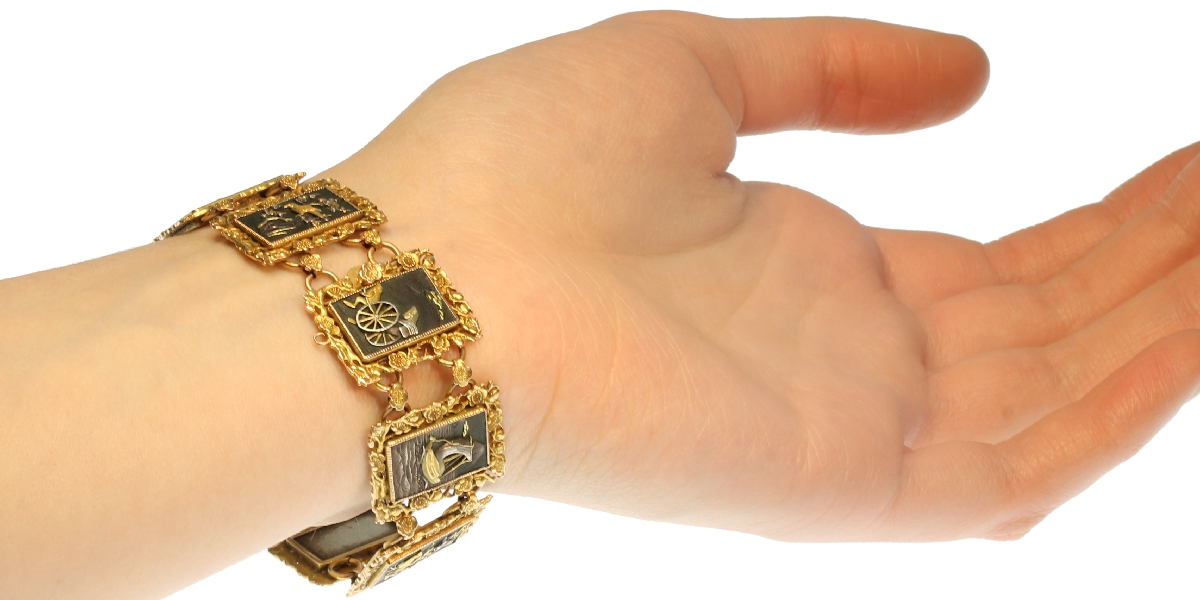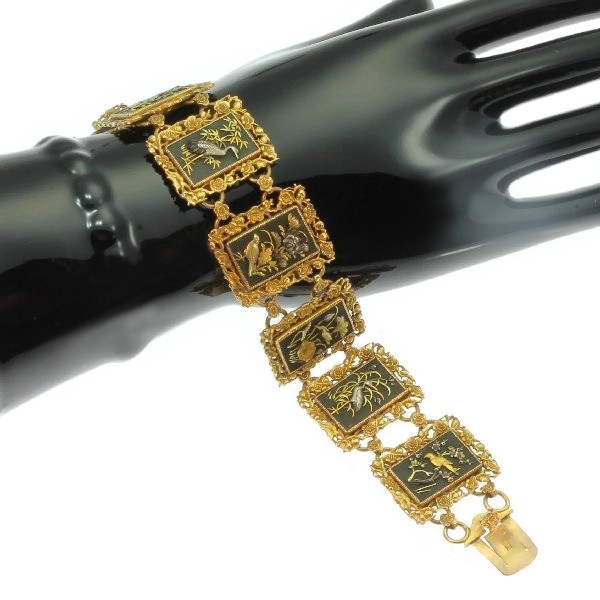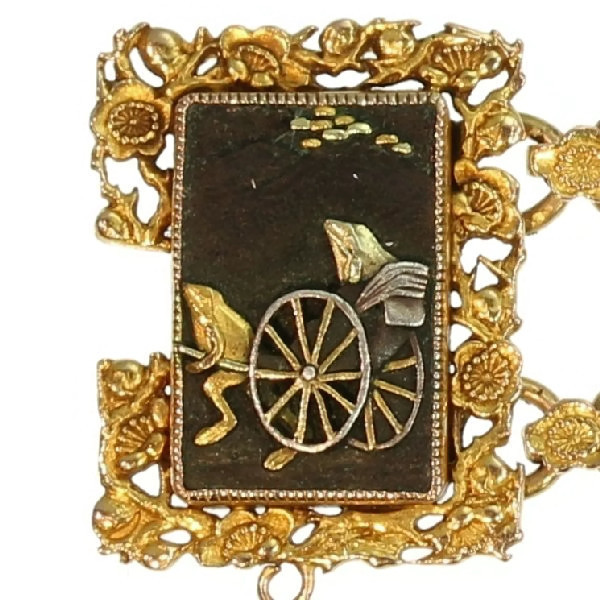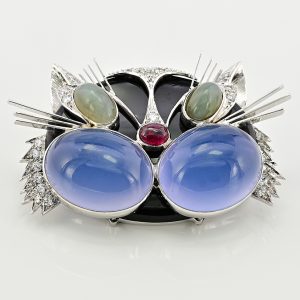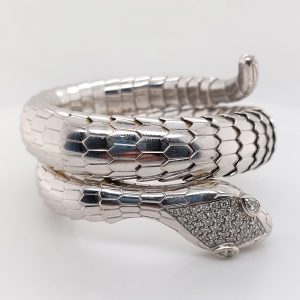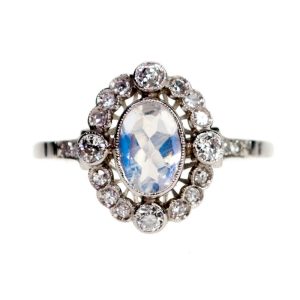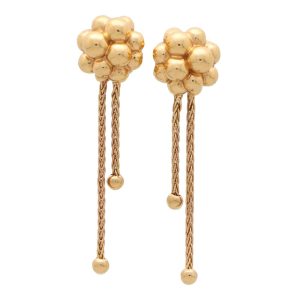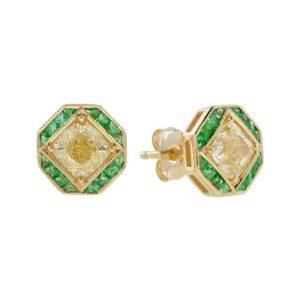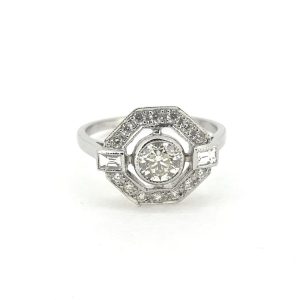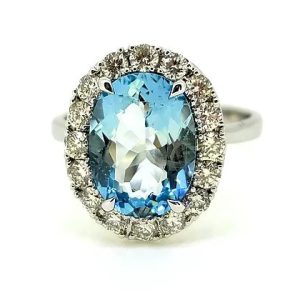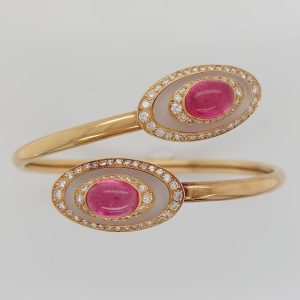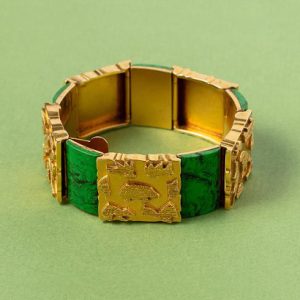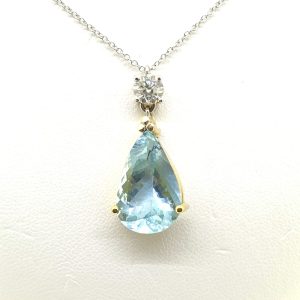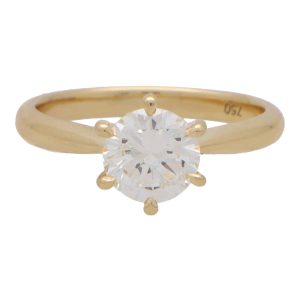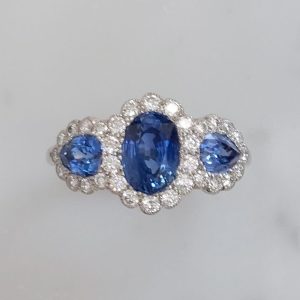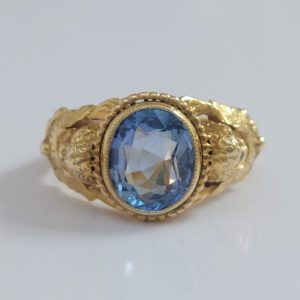Fine Antique Victorian Gold Bracelet
High quality gold Victorian bracelet in damascene or zougan or shakudo technique
This stunning Victorian bracelet from 1890 is composed out of a series of eight panels, which most likely depict several Japanese stories through high quality craftsmanship of shakudo – a Japanese art technique of inlay work of various colours of 18ct gold. These miniature gold bas-reliefs are mounted in European frames of flower hedges. The only way to bring these meticulous sceneries back to life to tell their tales is by wearing this astonishing jewel.
Antique jewellery object group: bracelet
Condition: excellent condition
Country of origin: unknown
Style: Victorian – Victorian decorative arts refers to the style of decorative arts during the Victorian era. The Victorian era is known for its eclectic revival and interpretation of historic styles and the introduction of cross-cultural influences from the middle east and Asia in furniture, fittings, and Interior decoration. Victorian design is widely viewed as having indulged in a regrettable excess of ornament. The Arts and Crafts movement, the aesthetic movement, Anglo-Japanese style, and Art Nouveau style have their beginnings in the late Victorian era.
Style specifics: The Late or Aesthetic Victorian Period – Experts divide the reign of Queen Victoria, also called The Victorian era (1837-1901) into three periods of about twenty years each; The Romantic Victorian Period (1837 – 1860), The Grand Victorian Period (1860 – 1880), and the Late or Aesthetic Victorian Period (1880 – 1901).
We consider this to be of The Late or Aesthetic Victorian Period.
Jewellery of this period is changing back from heavy to more smaller, romantic pieces with often whimsical motifs. Jewellers using diamonds and bright gemstones in elaborated and fine feminine pieces.
Technique: These panels are Japanese shakudo, (also called ‘damascening’ or ‘zougan’) a well-known technique. They were imported from Japan and mounted in Europe into all sorts of decorative objects, but mostly jewellery. Japonaiserie became highly fashionable in England, and elsewhere in Europe, 1875/1885, in England when Arthur Lazenby Liberty, the founder of the famous Liberty store, visited Japan and brought back fabrics, ceramics and metalware, which caused a fashion craze that was reflected in furniture and furnishings and all the decorative arts, and inspired Gilbert & Sullivan‚ comic opera‚ The Mikado.
Shakudo is the art of inlaying different metals into one another typically, gold or silver into a darkly oxidized steel background‚ to produce intricate patterns similar to niello. The English term comes from a perceived resemblance to the rich tapestry patterns of damask silk.
The technique has a long history in Japan, where it was used to decorate katana (sword) fittings, particularly tsuba. Known as zougan in Japanese, it has developed its own subset of terms to describe the particular patterns, although “shippou-zougan” is an enamelling technique which most Westerners would consider closer to champlevé.
Damascened-inlay jewellery, especially of Japanese origin, is sometimes referred to as shakudo from the use of that alloy as the dark background.
Cities that are known for a rich history in Damascening where the technique is still practised are Malaysia, Indonesia, Toledo, Spain, Eibar,Basque Country and Kyoto, Japan. (from Wikipedia)
Period: ca. 1890
Source of inspiration: Japanese sceneries (and perhaps fairy tales?)
Material: 18K quadruple-colour (red, yellow, green, white) gold in (most probably) silver
Hallmarks: The only mark we could find was one with the letters “S.M.”. We presume this to be the master mark. We couldn’t find any other marks on the bracelet.
Dimensions: length 18,70 cm (7,36 inch), width 2,30 cm (0,91 inch)
Weight: 50,10 gram (32,21 dwt)
Product SKU
AD14360-0077
Sold
Sold Out

